The Rise of Diversity Incubators
As I have grown older, and moved away from home, I have found comfort in organizations that connect me to different parts of my identity. I can’t count on my fingers how many South Asian, Asian-American, or Women-led Instagram accounts I follow. While we enjoy a streamline of their graphics, I can’t help but ask how long these “diversity incubators” have been around. What tangible steps do they take to help the communities?
Gold House was only founded in 2018, but has risen to strong connections amongst a spectrum of innovators while maintaining a clear vision to invest in AAPI individuals. While representing stars, they seek new ways to include and empower new people to their row of members. Most recently, I was excited to hear that they are introducing the Gold Scholars Program to fund and educate high school students in creative or entrepreneurial careers considered as “nontraditional paths”. As someone who grew up in Silicon Valley, under stereotypical norms around STEM careers, my individual economic liberty conflicted with my desire to impact youth just like me through screens. So, organizations like Goldhouse seek to return economic wealth to minority groups. Stanford Social Innovation Magazine states that
“philanthropy is also uniquely positioned to remedy the racial asset gap at an organizational level”.
Stanford takes the example of New Profit, who rapidly built a portfolio of capital for BIPOC leaders in 2022. There are a variety of organizations that have found their community niche in the past decade, like Salute which has been empowering South Asian Women since 2021. While these newer platforms often boast big names, there are also POC organizations that have been around for much longer. The First Nations Development Institute has been improving financial literacy and conditions for Native Americans since 1980. The Hispanic Federation has established itself as a primary Latino nonprofit membership organization since 1990. Most famously, the NAACP has been fighting for civil rights and racial justice in the U.S. since 1909.
As more have been created, the expansive list of where to reach your community has become fragmented. A blog from Candid finds ambiguity in who and how much this acronym covers. BIPOC stands for Black, Indigenous, and people of color.
Stanford is right that “institutional support can take the form of flexible general operating support for BIPOC-led organizations”. Yet, the various graphics and grants I view are sometimes so muddled that I wonder how I can make sense. The White House reminds us that, “many of whom have endured generations of discrimination and disinvestment — still confront significant barriers to realizing the full promise of America…”. Candid advises that organizations must be clear about their “BIPOC” community and goals. Even more, the magazine dedicated to racial equity in literature highlights that “BIPOC-led is about power”. It’s hard to believe that so many segmented organizations will ultimately unify when racial equity organizations like The Equity continuously write to governors and investors for funding.
Of course, the bandwidth for such an expansive acronym is limited. Yet, there is hope beyond as a first step to economic means. Stanford continues that “social capital—in the form of access to networks and influence—can also be critical to asset building for under-invested communities.” While The Juggernaut doesn’t invest in new talent, their South Asian magazine discovers deep takes to amplify the South Asian community as cool and fresh. The BIPOC Project is solely dedicated to community development and healing even though they range from various individuals. More than diverse media and leaders, the rise in technology connects and grounds international stories as the new cool. Hollywood Newsletter, The Dailies recently announced that international markets are popular.
Spain just hit $5.1B in streaming revenue (‘Money Heist’ was just the start). Turkish dramas are becoming global hits, Indian buyers are reshaping the format market, and Hollywood's taking budget lessons from Europe.
And so the box office returns back to us.
As a young artist, investigating the entertainment and media industry, I see a glimpse of hope for support for diverse work inside and outside the West. “Diversity Incubators” aren’t just there to post pictures and “represent” – they institutionalize our missions and communities. Venues for revenue illustrates that we must integrate leaders of color both in front and behind the scenes. My hope is that as media and business shake hands, the next generations will be able to spring up their creative ladder for opportunities and success.

